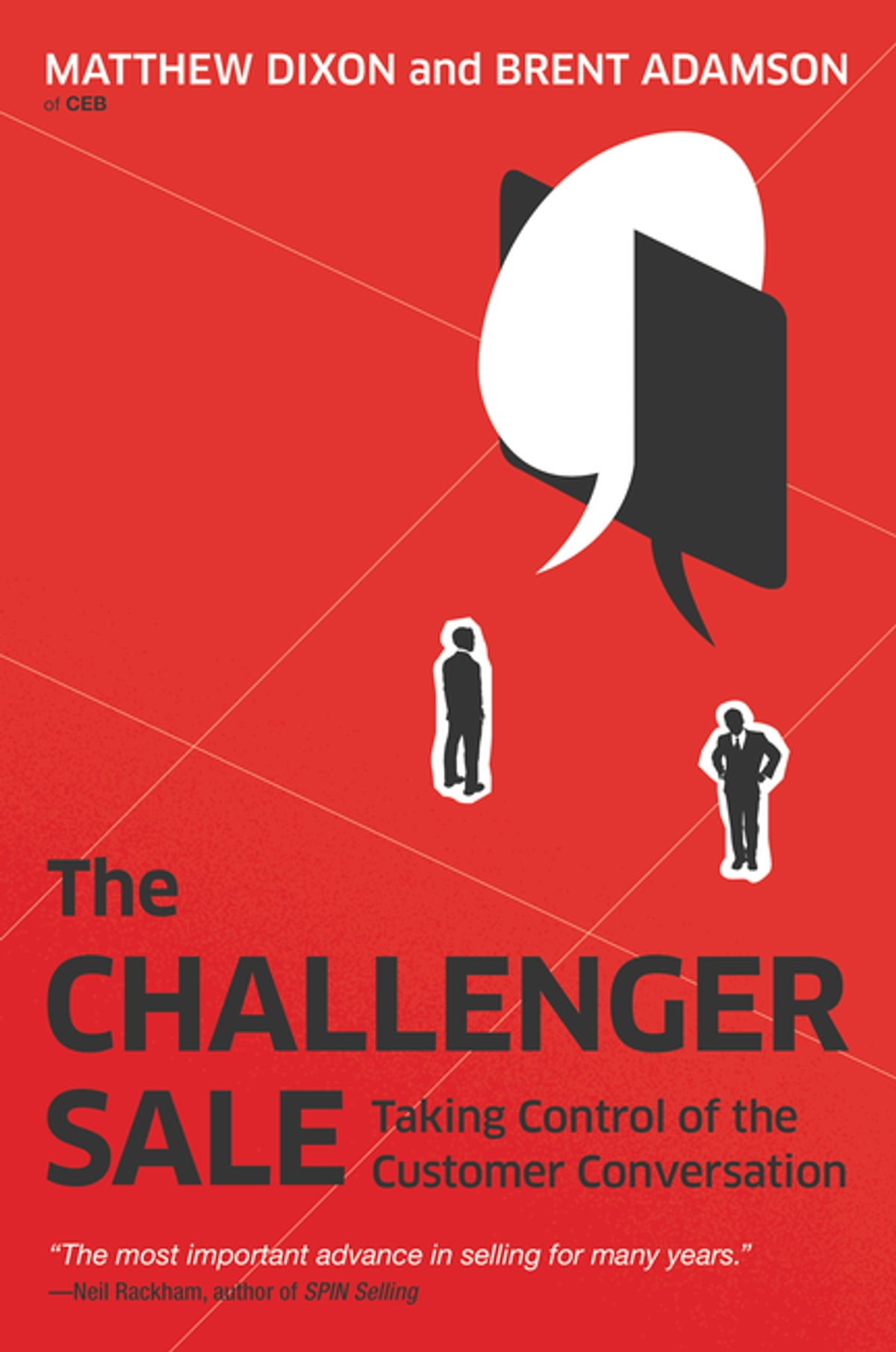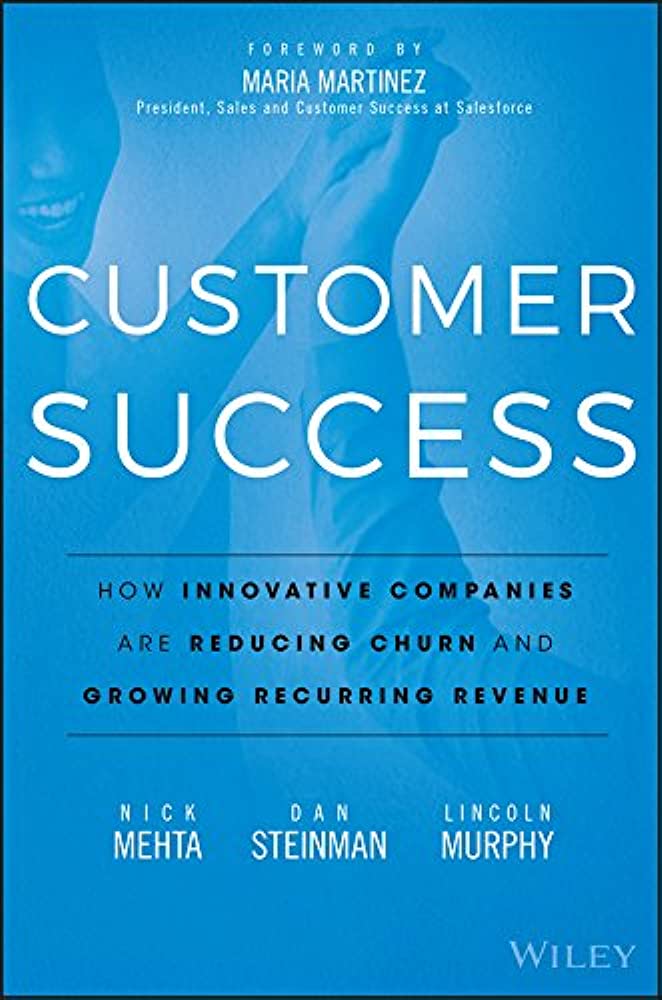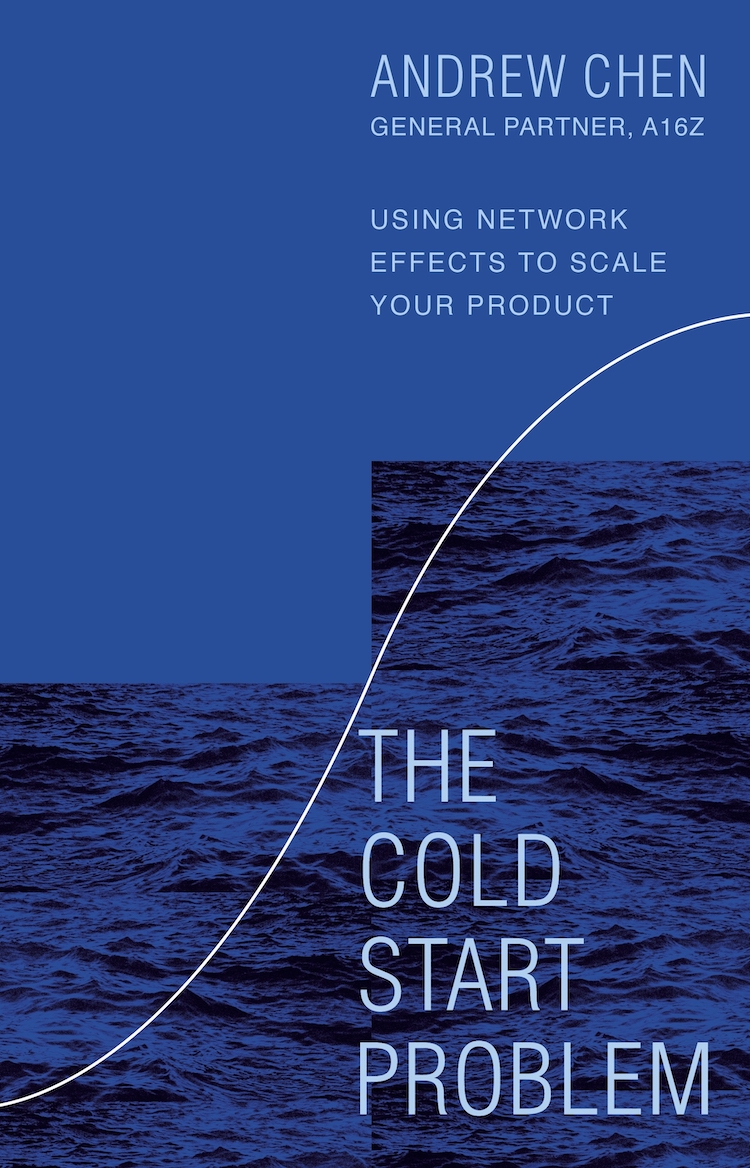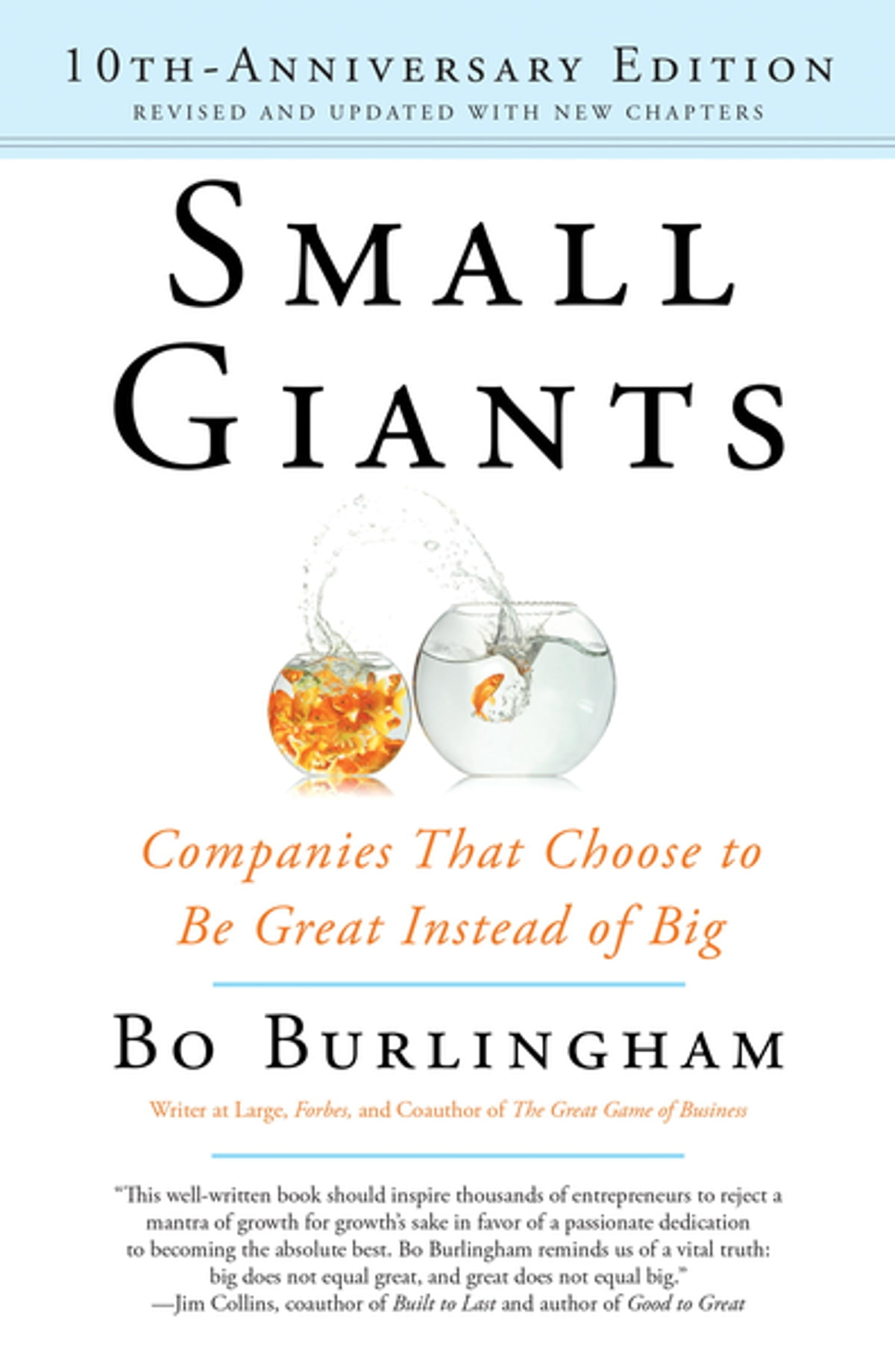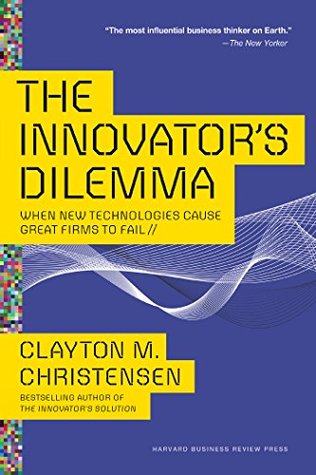Good to Great
by Jim Collins
- Business
- Ashto =
- Jonesy =
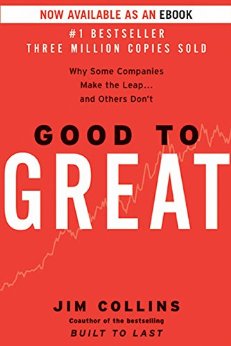
Good to Great – by Jim Collins
‘Good to Great‘ is highly regarded as one of the greatest business books and recommended by many of the authors we’ve interviewed. It’s very well structured and analyses companies that went through a prolonged period of being just ‘good’, then went through a transition phase, then became ‘great’ and outperformed other businesses in their industry for more than 15 years. This book highlights 6 key factors, based around Disciplined People, Disciplined Thought, and Disciplined Action.
‘Why some companies make the leap… and why others don’t’
Good to Great (dot point) Summary
Good to Great: ‘Why some companies make the leap. And others don’t’
Chapter 1 (Intro) – Good is the enemy of great
- We don’t have great schools, principally because we have good ones
- We don’t have great governments, because we have good government
- Few people attain great lives, in large part because it is just so easy to settle for a good life
- The vast majority of companies never become great, because the vast majority become good – and that is their main problem
- Identified companies that made the leap from good results to great results and sustained those results for at least 15 years
- Good to great averaged cumulative stock returns 6.9 times the general market in the 15 years transitioning from good to great
- The company had to show performance independent of their industry. So if the industry killed it then it wouldn’t be included
Some findings ‘inside the black box’
- Larger than life celebrity type leaders who ride in from the outside are negatively correlated with taking a company from good to great
- 10 of 11 CEO’s were from inside the company
- No link between compensation and good to great process
- The strategy did not separate from the comparison companies
- Good-to-great focused on not what to do lists
- Technology has virtually nothing to do with igniting the transformation but can accelerate it
- Good-to-great pays little attention to motivation. Under the right conditions, there is no need
- No launch event, only in retrospect the transformation took place. A revolutionary process
DISCIPLINED PEOPLE
Level 5 leadership
Level 1 – highly capable individual. Makes productive contributions through talent
Level 2 – Contributing team member
Level 3 – competent manager – organizes people and resources for the predetermined pursuit of objectives
Level 4 – Effective leader – a Vigorous pursuit of a clear and compelling vision, stimulating higher performance standards
Level 5 – Build enduring greatness through the blend of personal humility and professional will
Not what we expected
- L5 leaders channel their ego needs away from themselves and into the larger goal of building a great company. They have an ego and self-interest and are incredibly ambitious, but ambition for the institution and not for themselves
- In contrast, in the comparison companies, they found executives who set their successors up for failure
When asked about their contribution
- I don’t think I can take much credit. There are plenty in this company who could do my job better than I could”
Articles posted about CEO’s
- Around the transition date, there were half the articles posted about the good to great companies
Will of GTG CEOS
- Fanatically driven, infected with the incurable need to produce results. They will fire their brother if that’s what it takes to make the company great
CEOs come from.
- 10/11 of GTG came from inside the company
- Comparison companies turned to outsiders with 6 times greater frequency – and they failed to produce sustained great results
Luck
- Good to great executives attributed a lot of luck to their success
Window and the mirror
- L5 leaders looked out of the window to credit to factors outside of themselves when things go well
At the time, they look at the mirror to apportion responsibility, never blaming bad luck when things go poorly
- Comparison company leaders will look in the mirror when things are going well, and look out the window when things are going badly
Two sides of L5 leadership
- Professional will
- Unwavering resolve to do whatever must be done to produce the best long-term results
- Sets the standard of building an enduring great company, will settle for nothing less
- Personal humility
- Never boastful
- Quiet and calm determination. Relies on inspiring standards, not charisma
- Channels ambition into the company not the self
Where are the leaders?
- Look for situations where extraordinary results exist but where no individual steps forth to claim excess credit
First who then what
- The executives who ignited the transformations from good to great did not first figure out where to drive the bus and then get people to take it there. They first got the right people on the bus (and the wrong people off the bus) and then figured out where to drive it
- They said, “I don’t really know where we should take this bus. But I know if we get the right people on the bus, the right people in the right seats, and the wrong people off the bus then we’ll figure out how to take it someplace great
- Focus on injecting an endless stream of talent into the veins of the company. They hired outstanding people whenever and wherever they found them, often without a specific job in mind.
- The good-to-great companies understood the right people will do the right things and deliver the best results they’re capable of regardless of the incentive system
- People are not your most important asset. The right people are
Rigorous, not ruthless
- The good to great companies are tough places to work at. If you don’t have what it takes, you won’t last long. They are not ruthless cultures, they are rigorous cultures and the distinction is crucial
- The best people need not worry about their positions and can concentrate fully on their work
- The only way to deliver to the people who are achieving is to not burden them with the people who are not achieving
- To let people languish in uncertainty for months or years, stealing precious time in their lives that they could use to do something else, when they aren’t going to make it anyway – that would be ruthless
- To deal with it right up front and let people get on with their lives – that is rigorous
How to be rigorous
- When in doubt – don’t hire, keep looking
- When you know you need to make a people change, act
- GTG companies didn’t churn more, they churned better
- Put your best people on your biggest opportunities, not your biggest problems
DISCIPLINED THOUGHT
Confront the brutal facts
Kroger and A&P in the 1970’s had all their assets invested in traditional grocery stores, both companies had strongholds outside the major growth areas in the US, and both had knowledge that the world around them was changing
- The cold hard fact was that customers wanted not lower prices but different stores. Trends pointed towards the superstore concept
A&P defended their status quo, Hired, fired CEOS, launched fad programs, price cutting strategies to build market shares. The price cutting led to cost cutting which led to drabbier stores
Kroger tested out the superstore concept. It was obvious that they had to change and they knew they had to be number 1 or two in a market or you had to exit
Once they faced these facts they acted hard and they rebuilt their entire system – in 1999 they were the number 1 grocery chain
Facts are better than dreams
- GTG like the comparisons pursued a vision for greatness. The GTG companies however refined the path to greatness with the brutal facts of reality.
How to create a culture where the truth is heard?
- Lead with questions and not answers
- The CEO’s used questions to gain understanding, not as a form of manipulation.
- Have the humility to grasp the fact that you don’t yet understand enough to have the answers then ask the questions that will lead to the best possible insights
- Engage in dialogue and debate, not coercion
- Heated debate, loud discussions. Like a heated scientific debate, with people engaged to search for the best answers
- Conduct autopsies without blame
- If you have the right people on the bus you should almost never assign blame but search for understanding and learning
- Build red flag mechanisms
When things go wrong, 3 types of people
- Those permanently dispirited by the event
- Those who got their life back to normal
- Those who used the experience as a defining event to make them stronger
The Stockdale paradox
- Jim Stockdale, highest ranking US military officer got tortured over 20 times during an 8-year imprisonment
- “I never lost faith in the end of the story. I never doubted only that I would get out, but also that I would prevail in the end and turn the experience into the defining moment of my life, in retrospect, I would not trade
Who didn’t make it out?
- The optimists. The ones who said ‘we will be about by Christmas’ and then didn’t, and died of a broken heart
- You must never confuse faith that you will prevail, with the discipline to confront the most brutal facts of your current reality, whatever they might be
- Retain faith that you will prevail
- Confront brutal facts of your reality
The Hedgehog Concept
- It doesn’t matter how complex the world, a hedgehog reduces all challenges and dilemmas to simple, indeed almost simplistic hedgehog ideas
- Anything that does not relate to these ideas holds no relevance
- GTG had hedgehog type concepts for their companies
- Comparison tended to be foxes, never clarifying a hedgehog concept
The 3 circles
- What you are passionate about
- Most of the top executives at Phillip Morris loved ciggies
- “It is one of the things that makes life really worth living”
- GTG didn’t say ‘let’s get passionate about what we do’. They said ‘we should only do the things we are passionate about’
- What you can be the best in the world at
- Not a goal to be the best. An understanding that you can be the best at it
- GTG transcend the curse of competence ( being good)
- Doing what you are good at will only make you good.
- Focusing on what you can do better than any other organization is the path to greatness
- What drives your economic engine
- All gtg companies discovered a key economic denominator
E.g Fannie Mae profit per mortgage risk level
Hedgehog concept is an iterative process, not an event
Hedgehog concepts make decisions much easier
DISCIPLINED ACTION
A culture of discipline
- Entrepreneurial success if fueled by creativity, imagination, bold moves into uncharted waters and visionary zeal
- As a company grows it becomes more complex and begins to trip over its own success
- Too many people, too many customers, too many new orders
Most companies build rules to manage the small percentage of wrong people on the bus, which in turn drives away the right people on the bus, which increases the need for more rules to compensate for the incompetence
Avoid bureaucracy and hierarchy and instead, create a culture of discipline
GTG had a high ethic of entrepreneurship with a high level of creative discipline
- GTG built a consistent system with clear constraints and gave freedom the freedom and responsibility within the framework of that system
- They hired self-disciplined people who didn’t need to be managed and managed the system, not the people
- Level 5 leaders built an enduring culture of discipline, the L4 leaders personally disciplined the organization through sheer force
GTG had the discipline to say no to big opportunities that fell outside of their hedgehog concept
They had a not to do list
Technological accelerators
- During the internet bubble people were saying ‘it is going to revolutionize businesses, be there first, be there fast and build market share – no matter how expensive – and you win
- Built to flip became the mantra
- At the high point of the frenzy, drugstore.com issued its challenge to Walgreens. Walgreens shares dropped by 40% and drugstore.com traded at 398 times its revenue. Walgreen traded at 1.4 times its revenue
- Analysts downgraded Walgreens stock as they failed to react to the internet threat
- Walgreens executives didn’t buy into the hype. They decided to pause and reflect. They decided to use their brains
- Experts said “Walgreens are too old and stodgy for the internet world, they will be left behind.
- Walgreens then went from crawl to walk to run, others went from run to walk to crawl
- Walgreens hedgehog concept would drive its use of technology, not the other way around
- If the technology fits in with your hedgehog concept, then you need to become a pioneer in the application of that technology
- The GTG companies won awards by pioneering the use of technology, but the executives hardly talked about technology
- Throughout business history, early technology pioneers rarely prevail in the end
CONCLUSION
The flywheel and the doom loop
- Picture a flywheel, a massive metal disk mounted horizontally on an axle about 30 ft in diameter
- Your task is to push it
- At first, it is hard, but you get one revolution around
- …. Eventually, it uses its own momentum and it is easy
- GTG companies say their transformation wasn’t one move. It is a cumulative process – step by step action that added up to spectacular and sustained results
Use of mergers
- GTG had successful acquisitions, as they took place after the development of the hedgehog concept and after the flywheel had significant momentum. They used acquisitions as an accelerator of flywheel momentum
From ‘Good to Great’ to ‘Built to Last’
- Built to last looked at companies that endured a long tie, formed in the 1800s and became iconic in the late 20th century
- American Express, Proctor, and Gamble
Enduring great companies
Established company/startup + GTG concepts > sustained great results + Built to last concepts > Enduring great company
Enduring great companies see profits and cash flow like blood and water – they are absolutely essential for life but not the very point of life
Core values
Core values are essential for enduring greatness. It doesn’t matter what they are, but you have core values at all. That you know what they are and you build them into the organization
Final thoughts
- it is no harder to build something great than to build something good
- It might be statistically rare to reach greatness, but it does not require more suffering than perpetuating mediocrity
- It actually involves less suffering and perhaps even less work
Purpose
- If you’re doing something you care about that much, and you believe in your purpose deeply enough, then it is impossible to imagine not trying to make it great. It is just a given
- If the question is ‘why should we make it great’ then you are in the wrong line of work
- When it is bigger than you, then you will inevitably be on the way to becoming an L5 leader
- It is impossible to have a great life unless it is a meaningful life. And it is difficult to have a meaningful life without meaningful work




